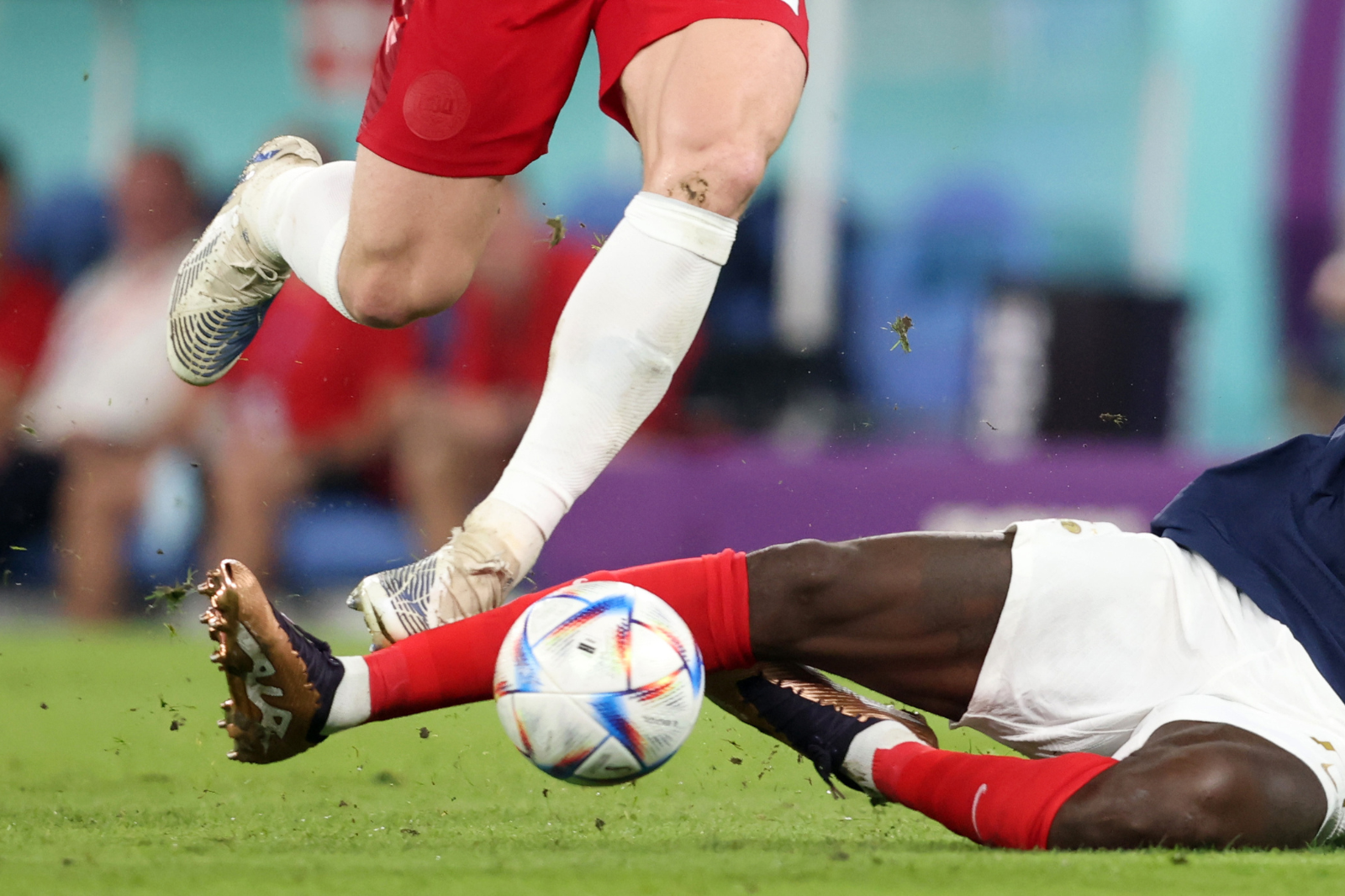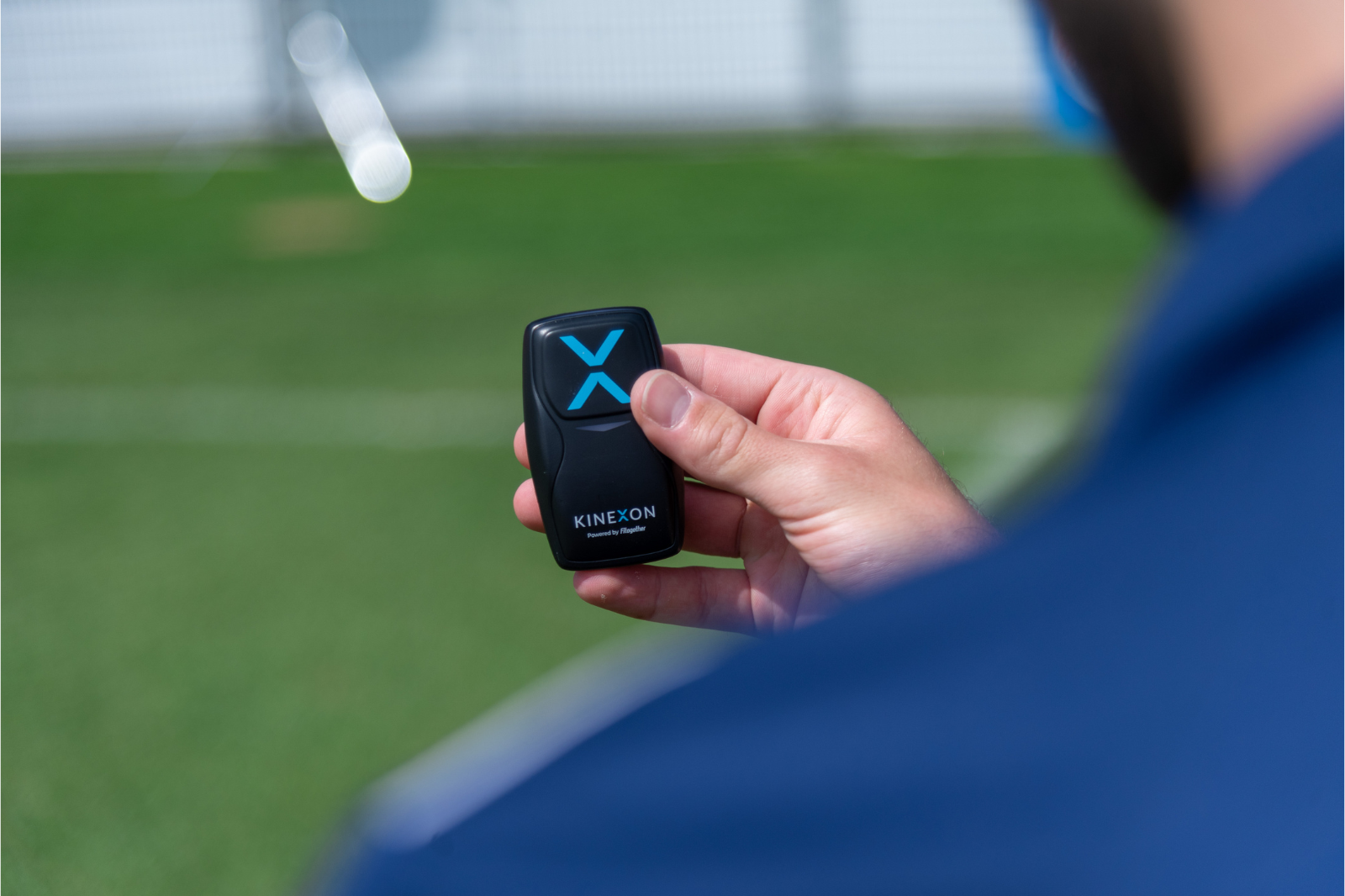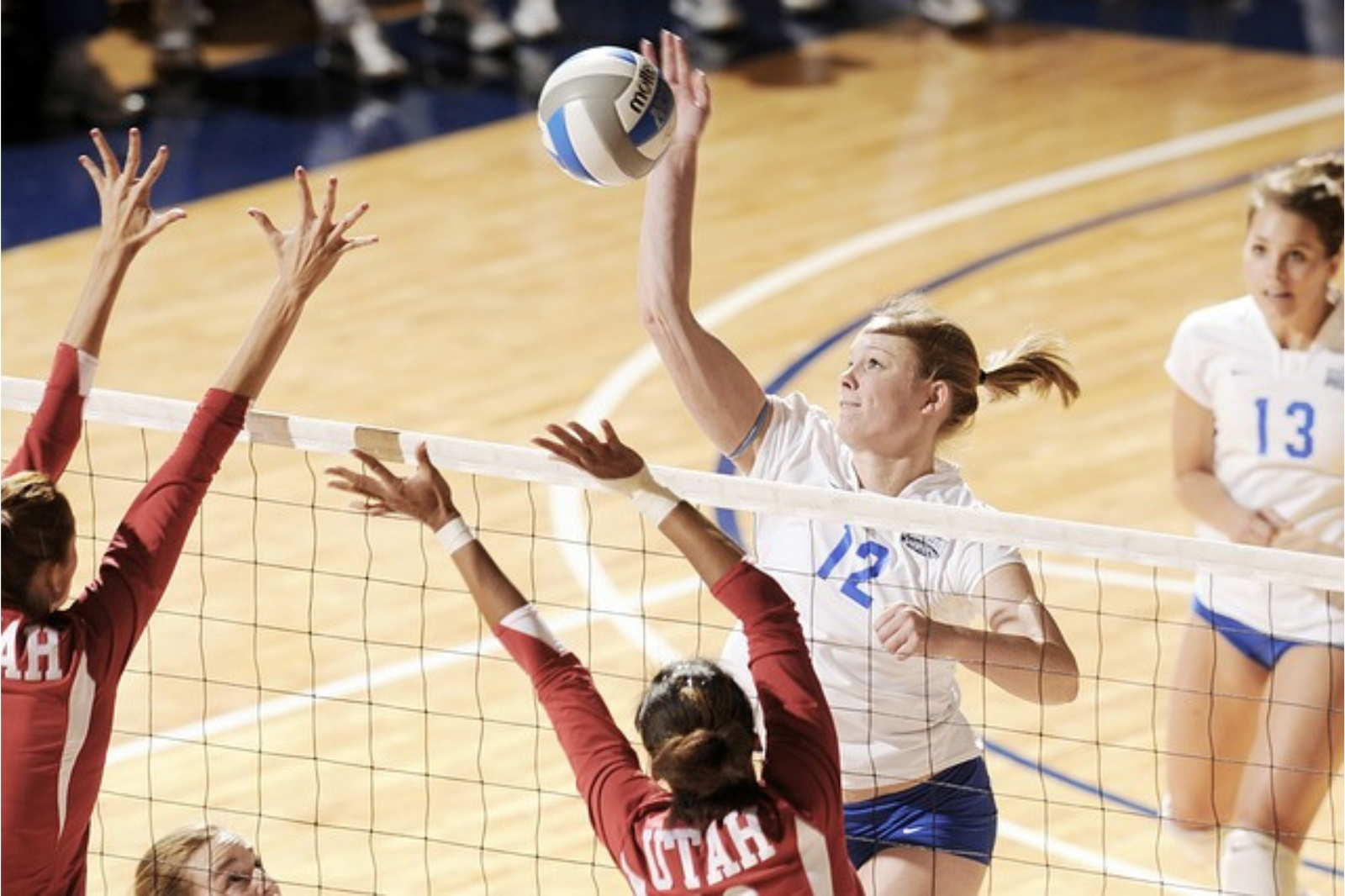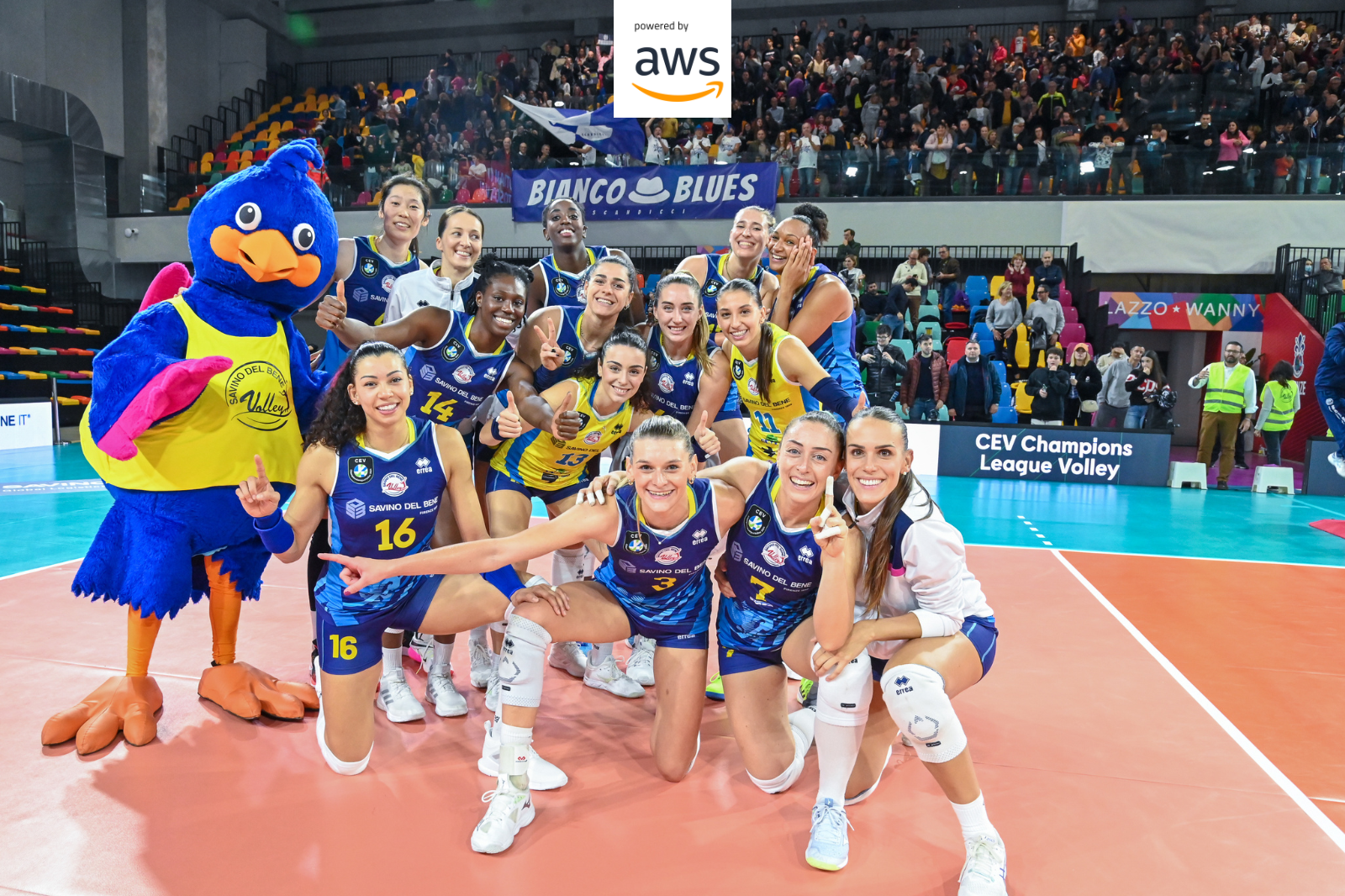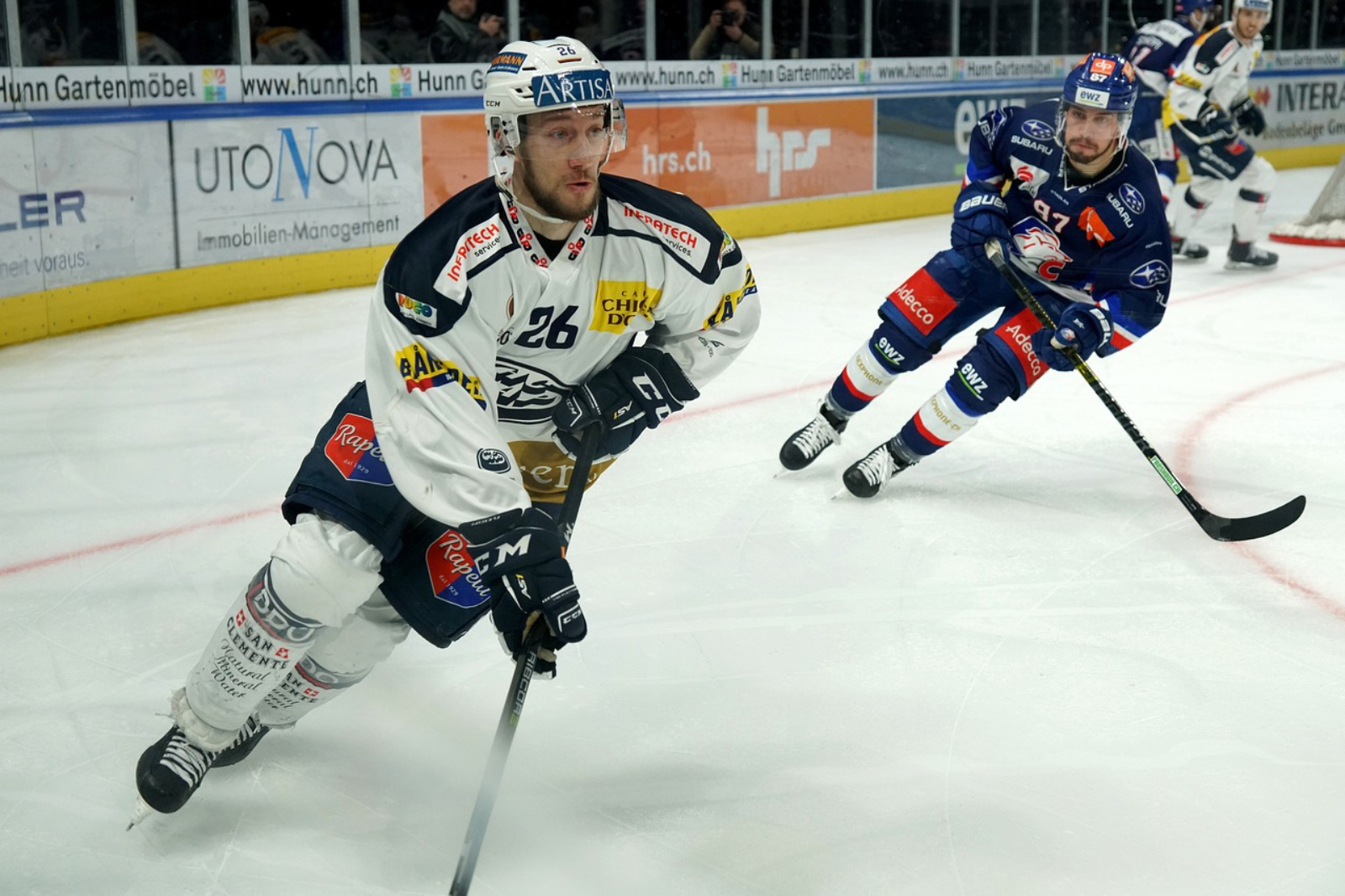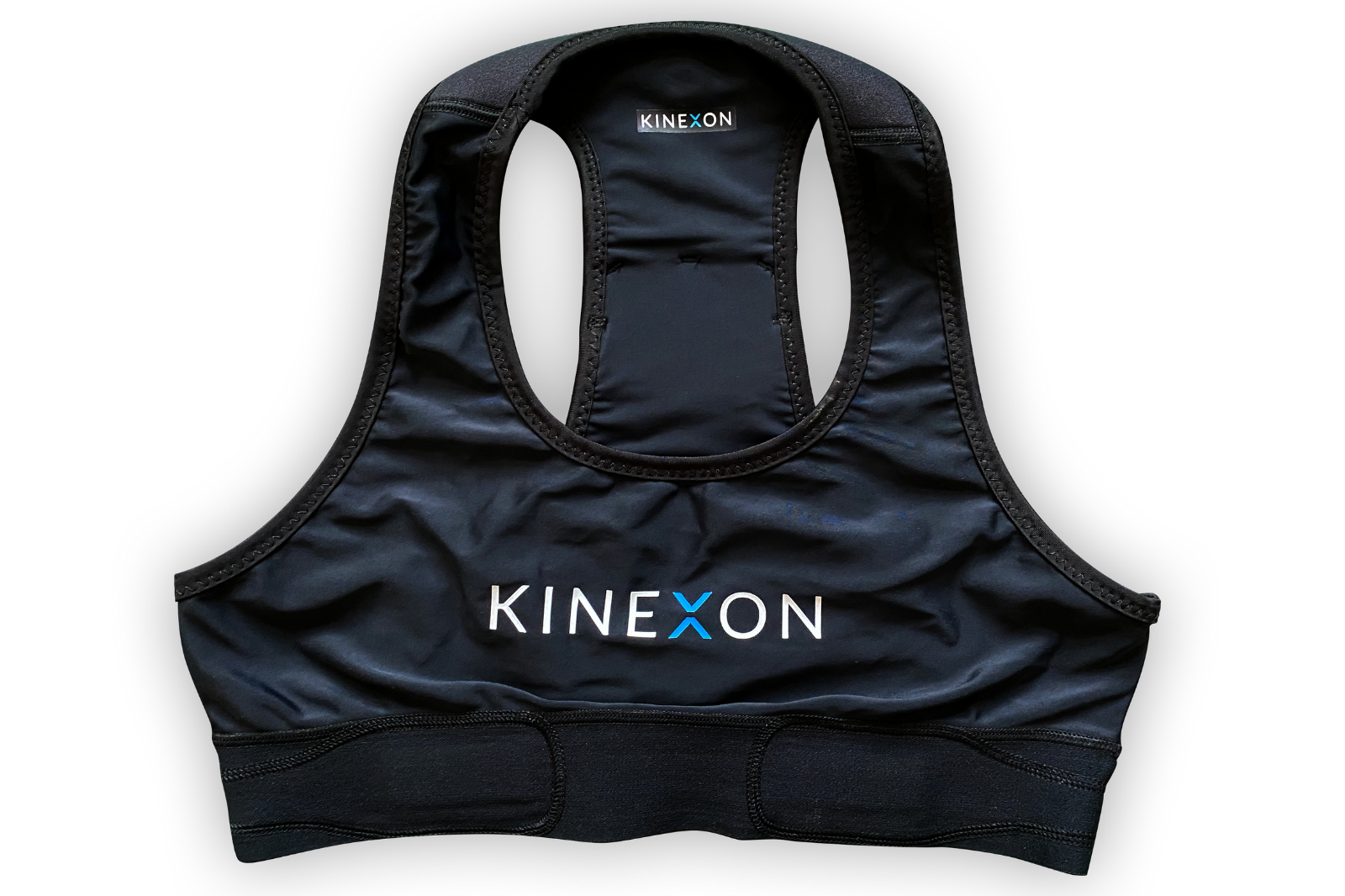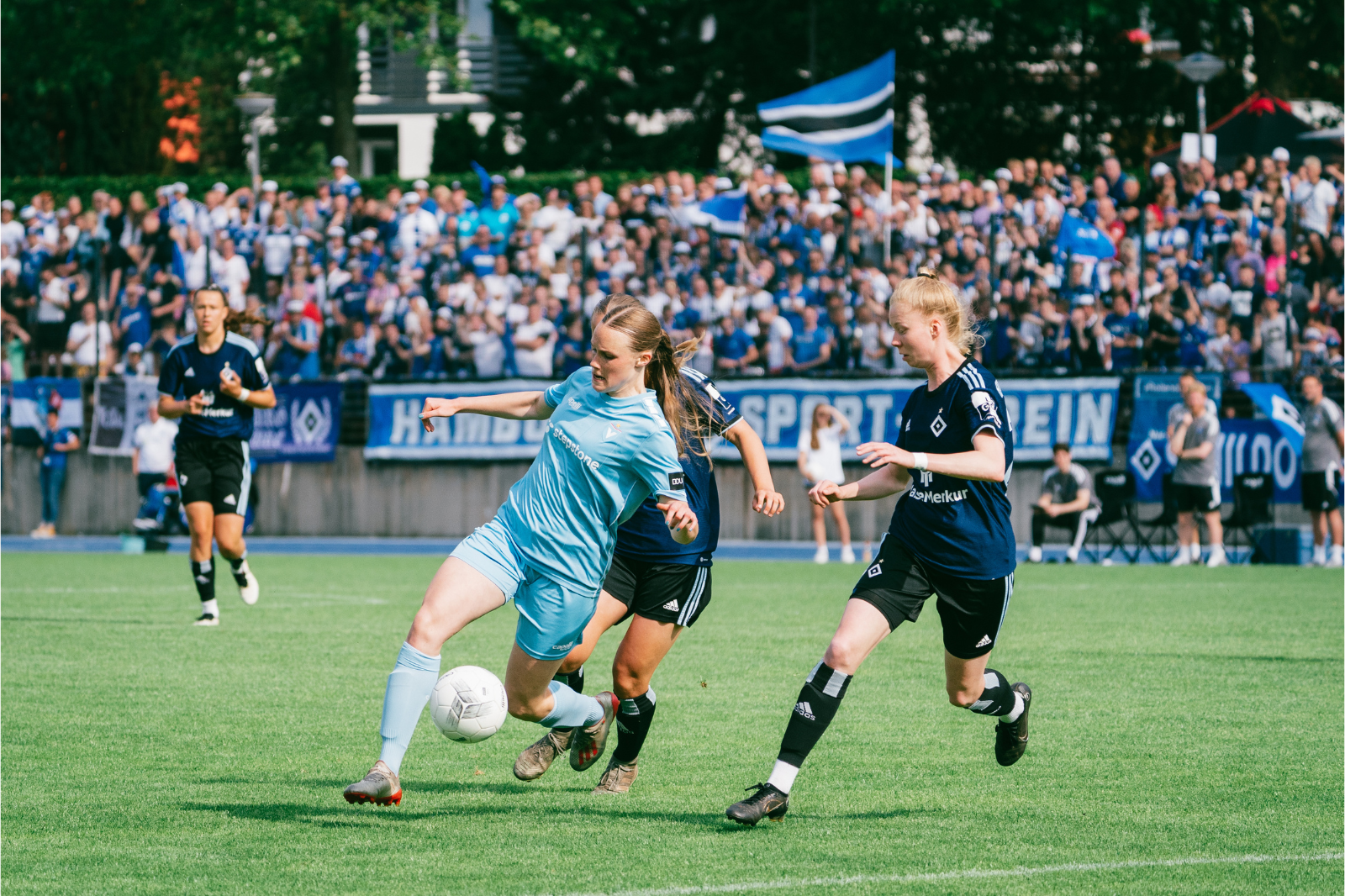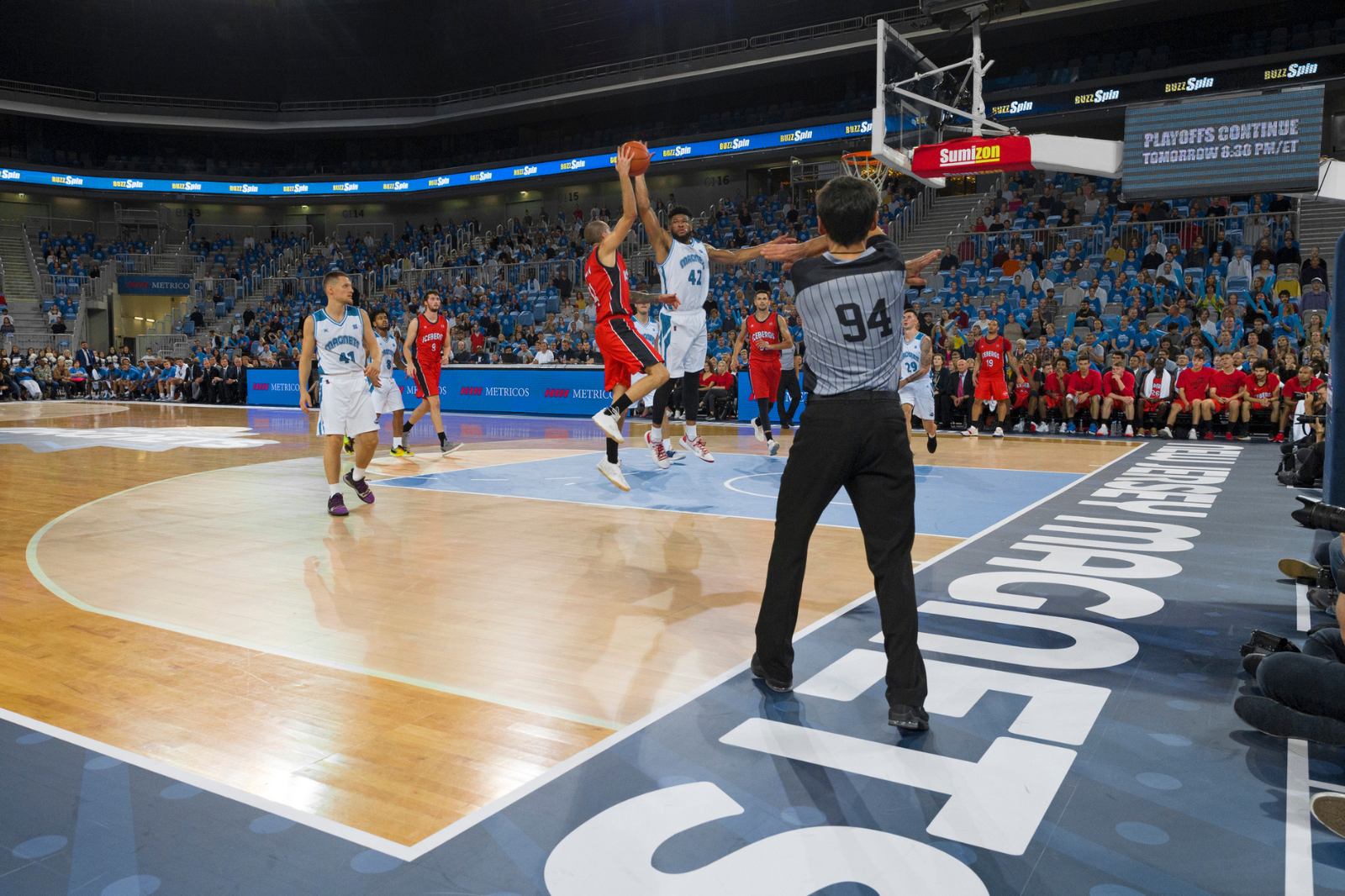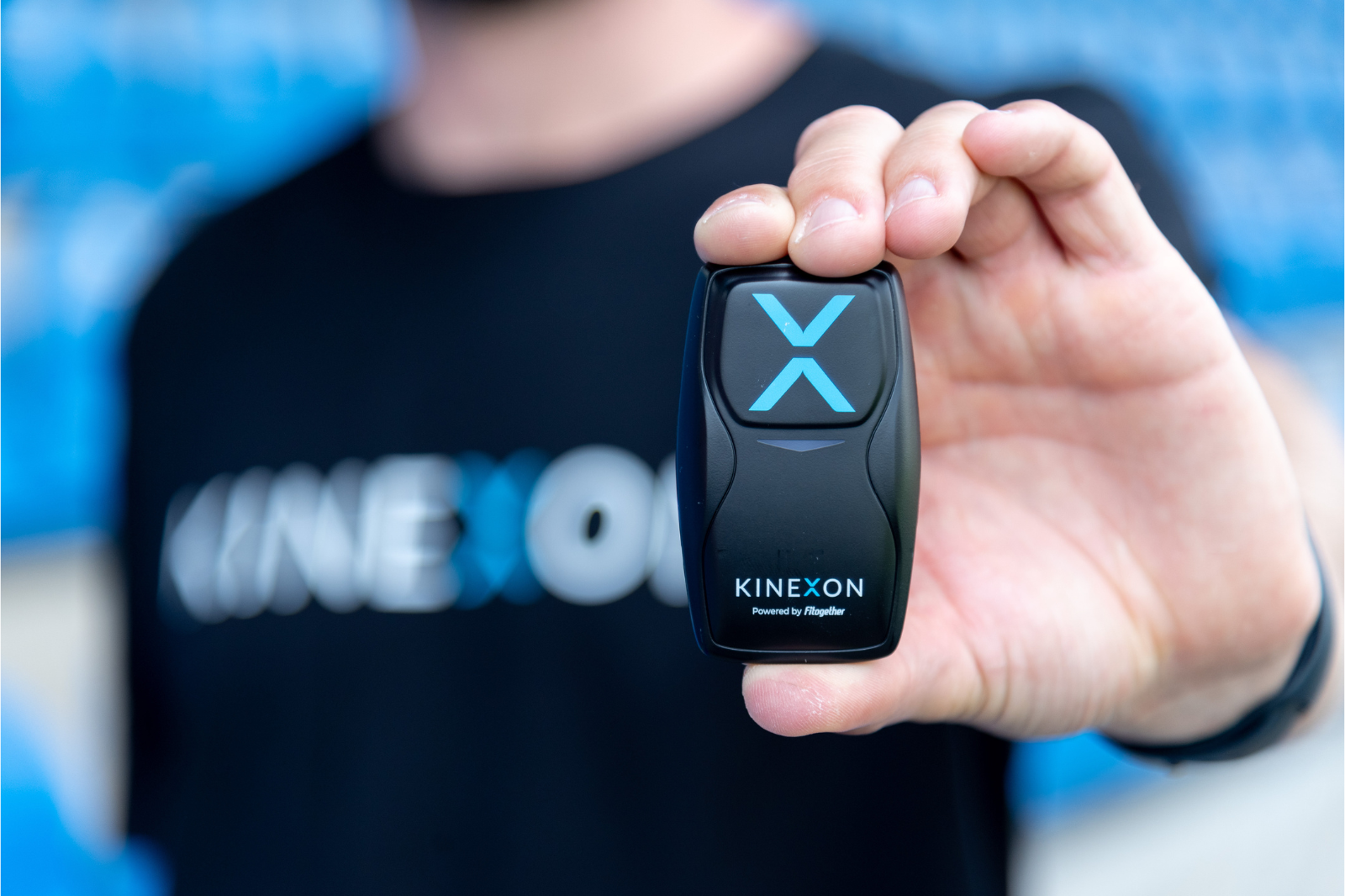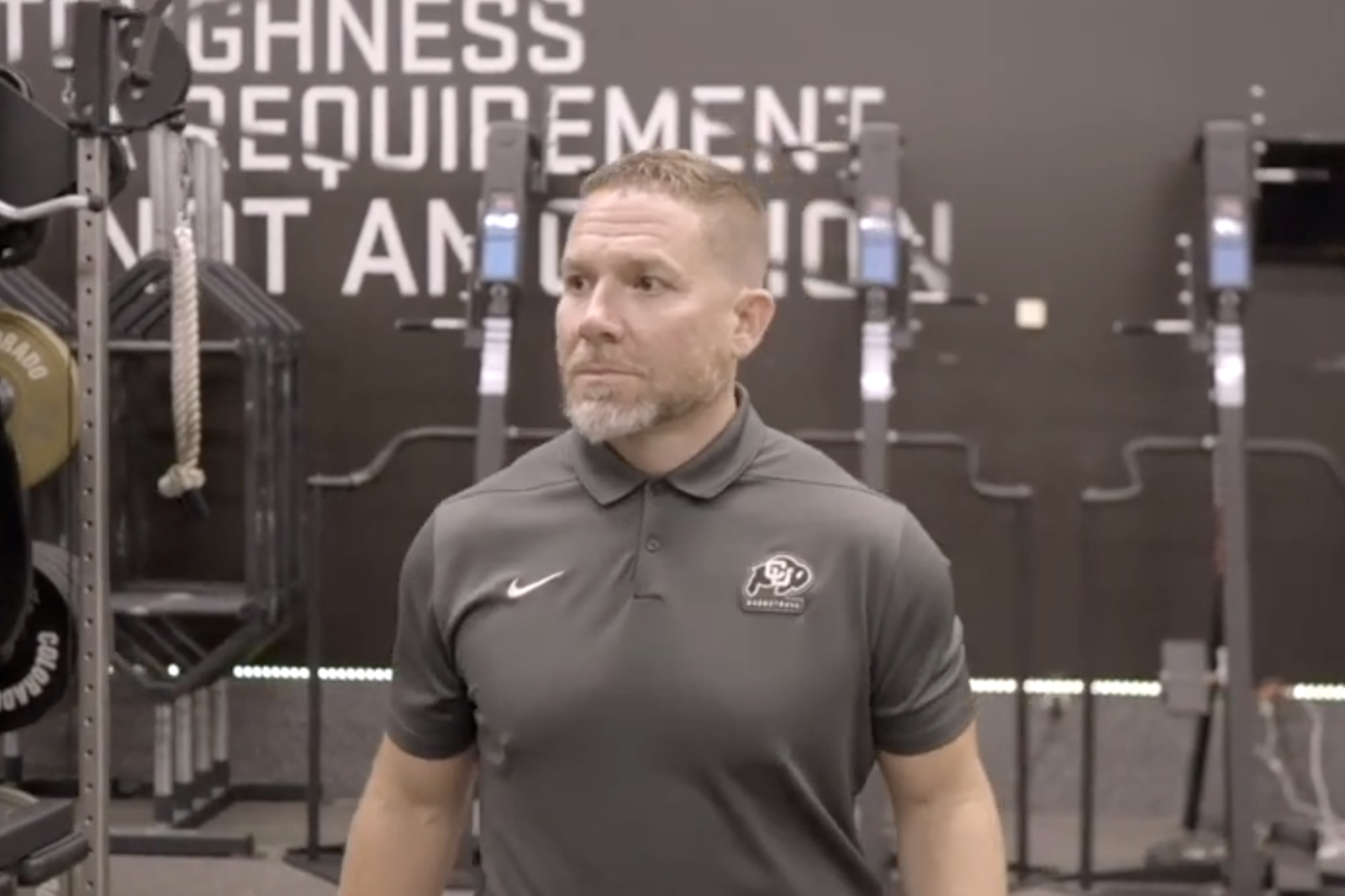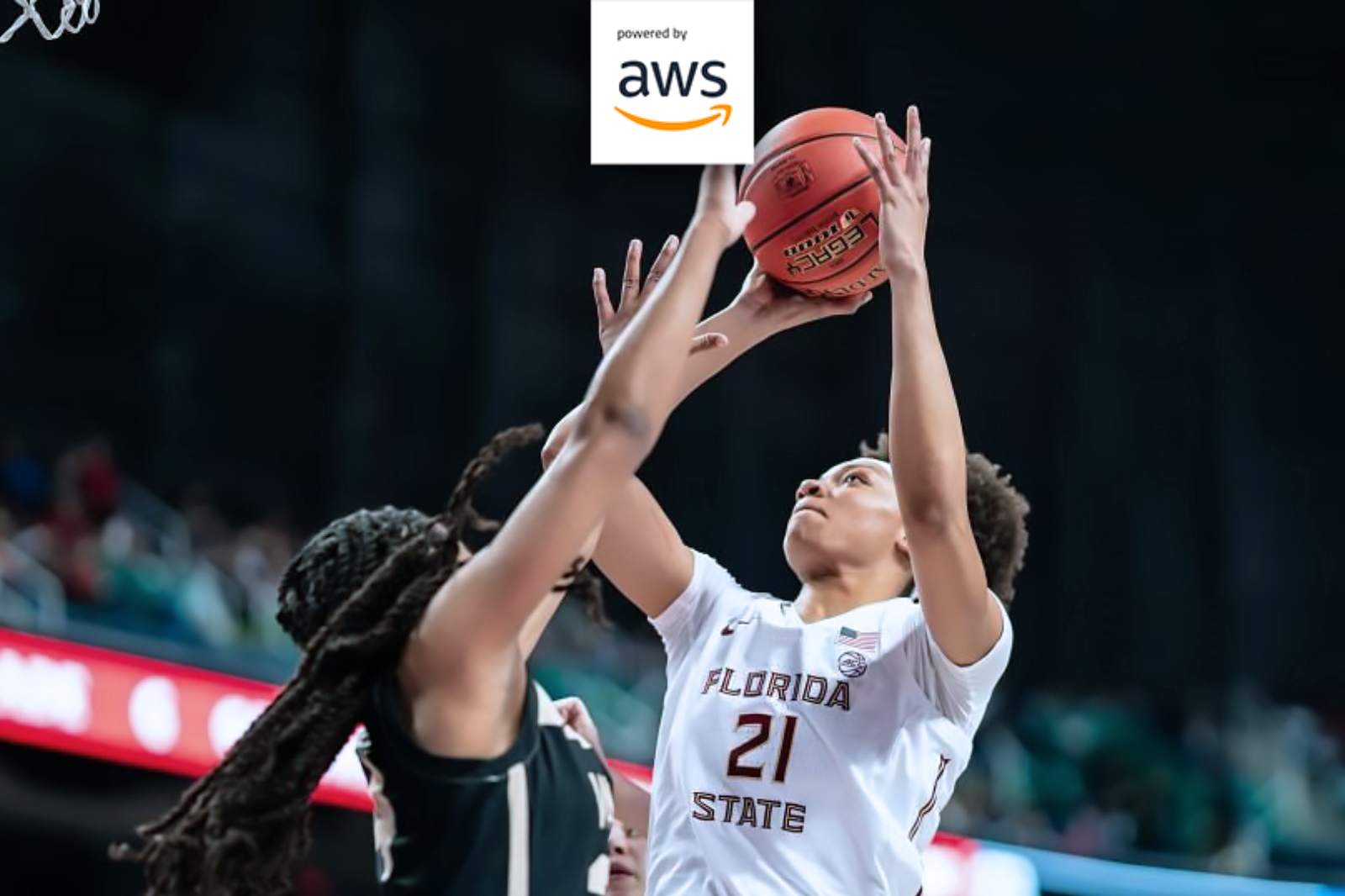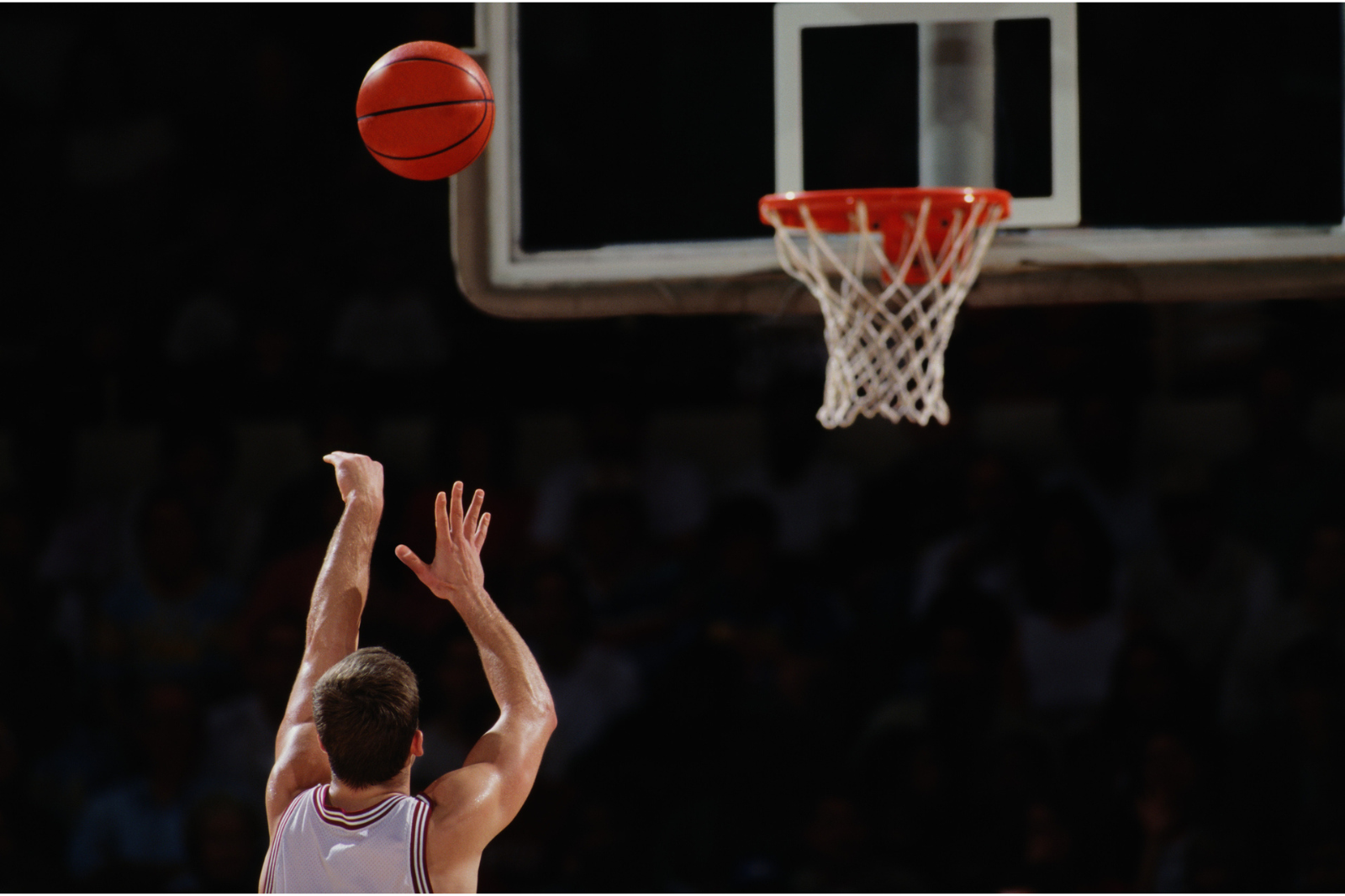Load Management: A Look Behind the Scenes at the Bundesliga Club With the Fewest Injuries
In the Bundesliga, 1. FC Union Berlin recently became the surprising leader. Union also impressed with another statistic recently: no team had fewer injury-related absences. Is that part of the secret of success?
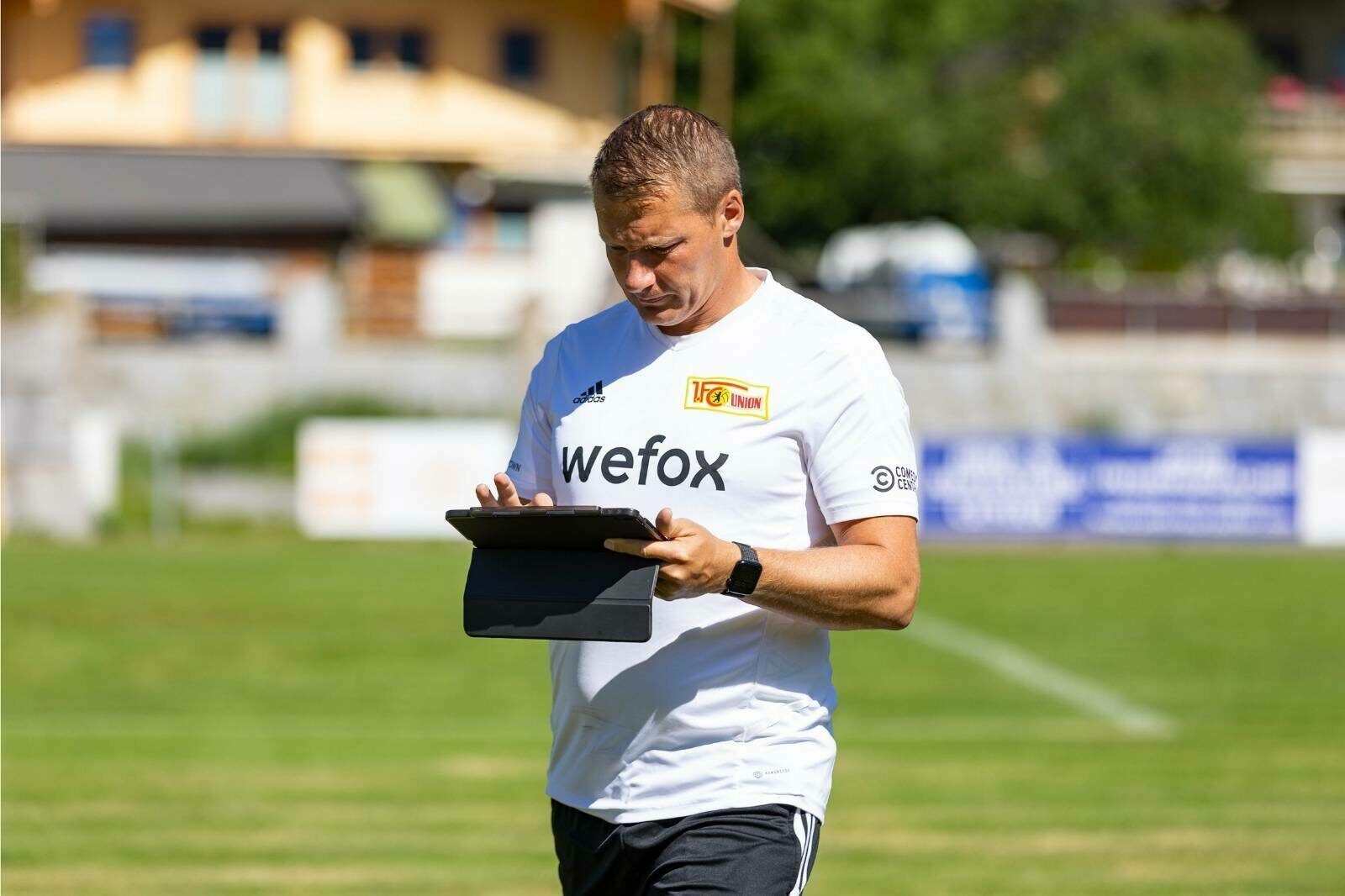
During the 2021 – 22 season, 1. FC Union Berlin played internationally for the first time in club history. More than just a side note: despite the highly increased load, Union qualified for the UEFA Europa League while their players missed fewer days due to injury than those of all other Bundesliga clubs.
The Berlin club’s performance coach Martin Krüger explains his approach and how KINEXON’s player tracking facilitated the process.
The Fewest Days of Absence Due to Injury in the Bundesliga
Despite the unusual load playing in the UEFA Conference League, Union Berlin’s players only missed 785 days due to injury during the 2021 – 22 season: less than every other club in Germany’s 1. Bundesliga. Players on average took 26.17 days to recover from injury — another league-wide low.
In that category, Eintracht Frankfurt finished second (30.55 days). Martin Krüger, performance coach of Union’s first men’s team, attributed that partly to a new feature the club introduced at the beginning of the season.
Berlin’s Strategy: Lead Players to Peak Performance and Prevent Injuries at the Same Time
After Union’s youth teams had gained positive experience using the technology, the club also introduced the mobile, cloud and GPS-based KINEXON PERFORM GNSS for the club’s women’s and men’s 1st teams to collect load data of all players live. The goal: improving and professionalising the performance-data analysis process.
Considering Union’s limited financial resources, the club intended to lead its players systematically to their peak-performance level while preventing injuries as efficiently as possible. During an interview, Martin Krüger explains how KINEXON’s player tracking and metrics supported him to control the load and reduce risks of injuries.
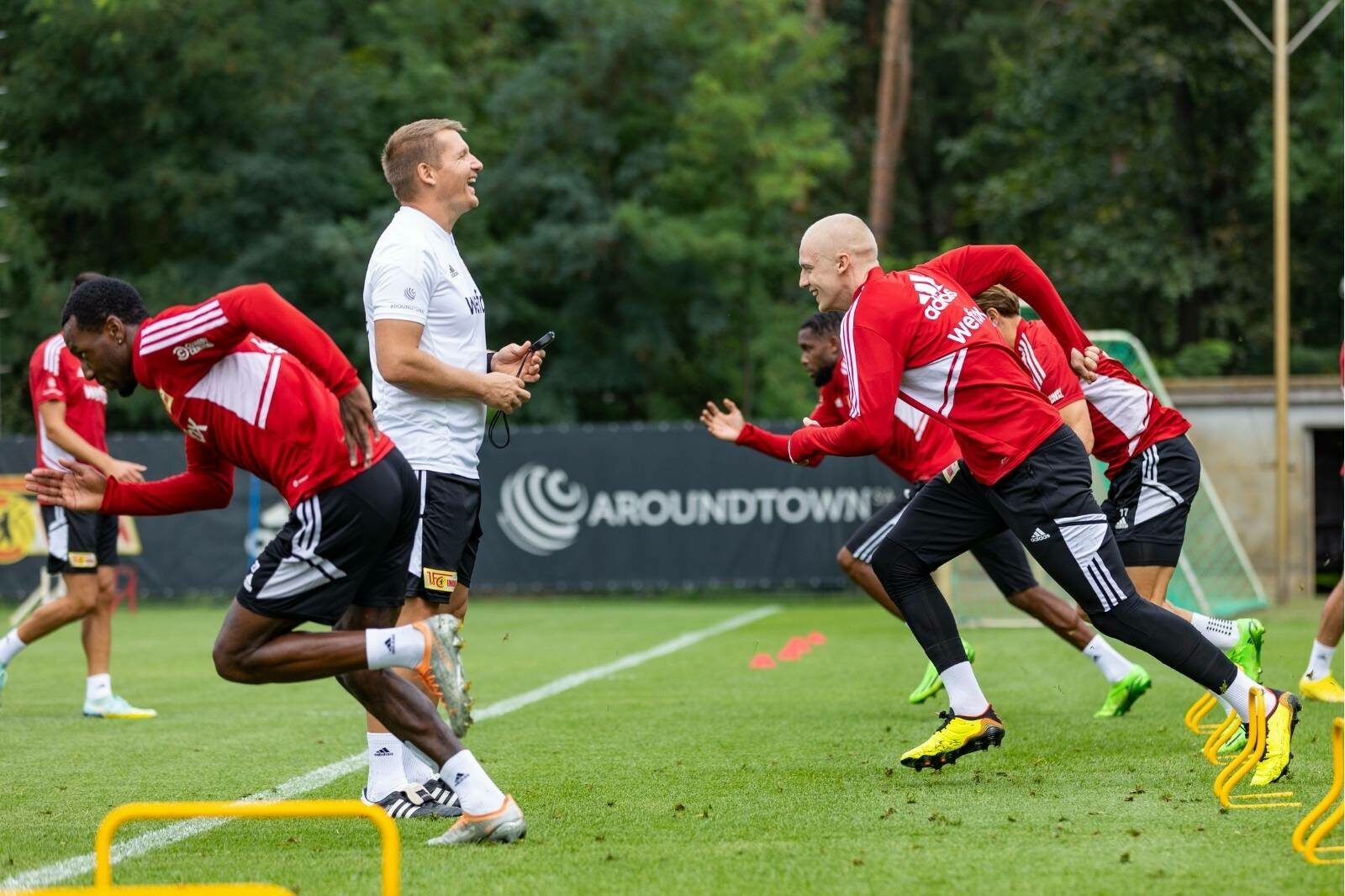
Martin, during the 2021 – 22 season, Union’s Bundesliga pros tracked their training sessions with KINEXON for the first time. Which advantages did the data present to you as a performance coach?
Martin Krüger: It helps tremendously that I receive objective values. I don’t have to guess. Instead, it is written in cold print: how well did a player perform? What did he not do? After receiving those insights, I can increase or decrease the load during our sessions.
The so-called PERFORM GNSS system by KINEXON provides over 200 metrics. Which ones do you use?
Krüger: I like to focus on basic metrics: sprints, high-intensity runs, total distance covered, duration, and heart rate over 90% HRmax. In competitive sports, I do not need to know how long a player performed under 50 per cent stress. What interests me is how long a player works at maximum load.
Can you give an example of how you use a specific metric and which advantage that presents?
Krüger: Let’s take sprints and maximum speed: as shown in several studies, the best injury prevention strategy is to reach your top speed at least once in seven days. That is a critical metric. Analysing ACWR, the Acute Chronic Workload Ratio, sprints and high-intensity runs give the highest input on muscular load.
The output means injury or not. Hence, I ensure we don’t do too much or little in that respect. There is a range which players need to work within. For this, data helps tremendously. We use that to manage the load
What is the procedure?
Krüger: Via the KINEXON Sports App, I define goals and, during training sessions, monitor if players reach their individual goals. With metrics like maximum speed, I also need the players’ and physiotherapists’ feedback. During massages, they feel if muscles are a little tight. After receiving the feedback, I look closely at the data once more and check whether it has been a bit much for the player.
Then, we talk: “How are you? Do you feel tired? Are you not feeling well“. The moment a player agrees, he’s not making any sprints that day.
You would like to find out more about 1. FC Union Berlin’s work with KINEXON? Please continue and get the complete Case Study here:
